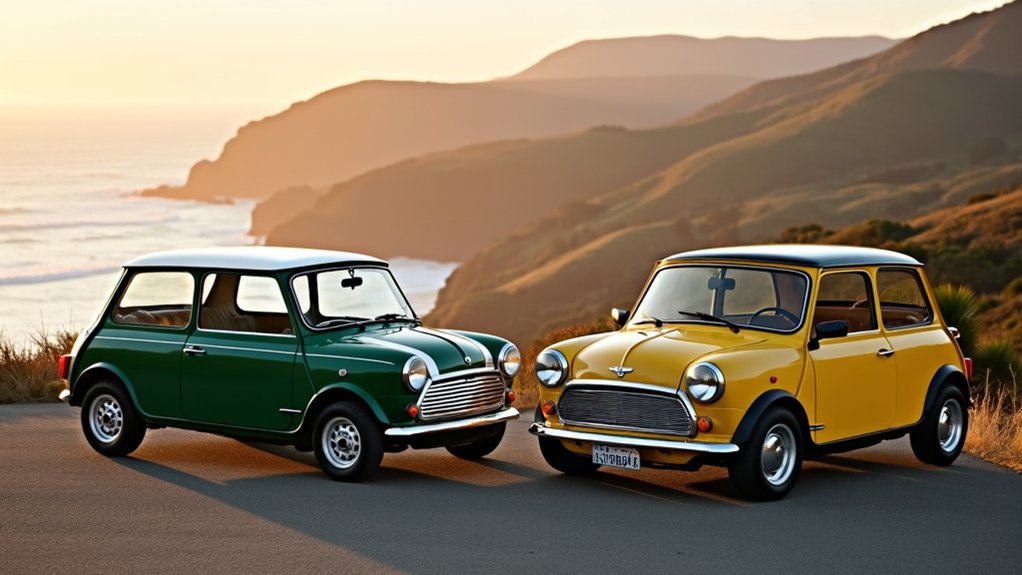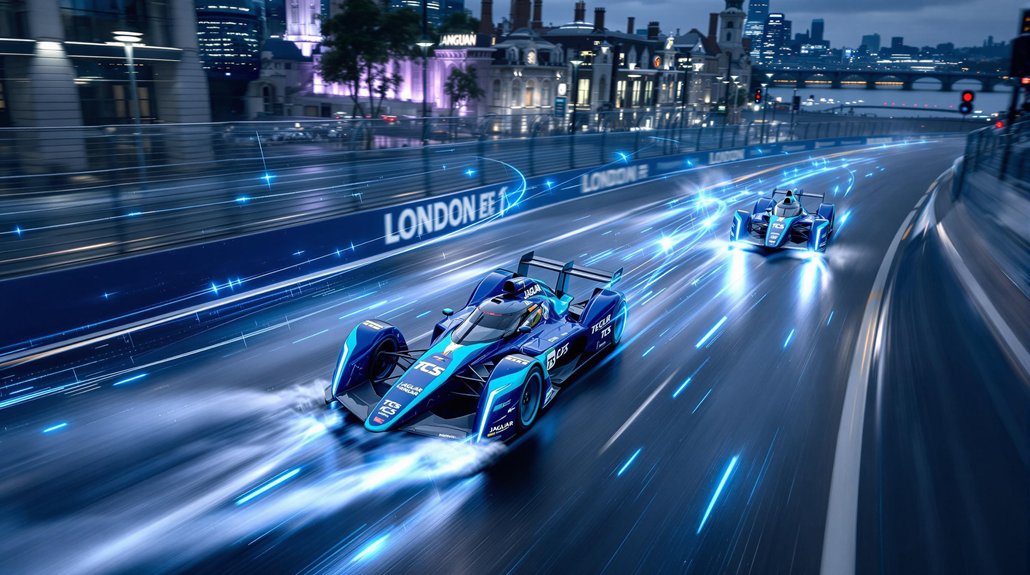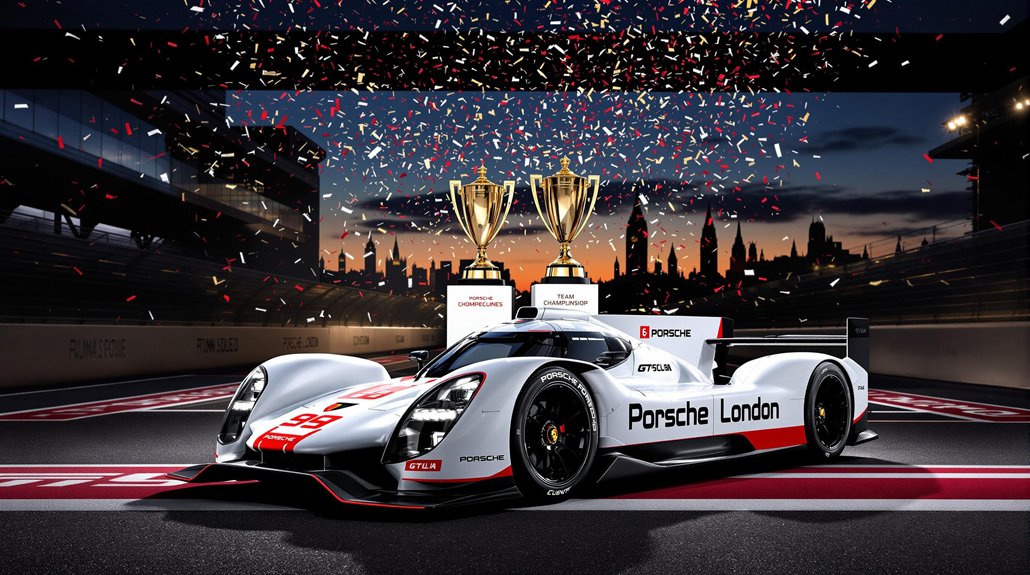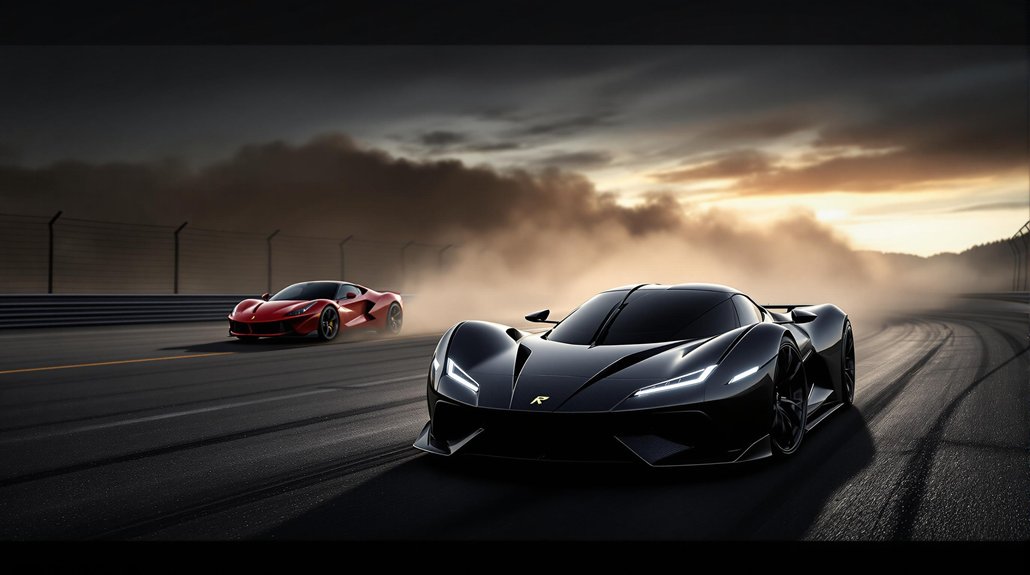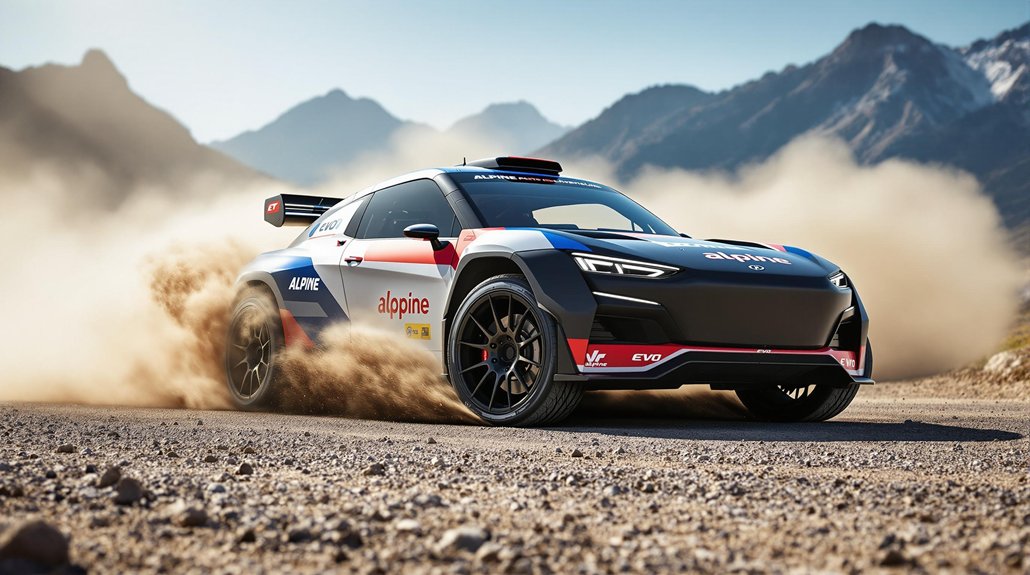A revolutionary collaboration between British Motor Corporation and racing visionary John Cooper in 1961 birthed the iconic Mini Cooper, transforming a humble economy car into a motorsport legend. The original Mini, designed by Sir Alec Issigonis in 1959 as a response to the Suez Crisis fuel shortages, featured an innovative transverse engine layout that maximized interior space despite compact external dimensions. Cooper, recognizing the vehicle’s potential beyond urban transportation, advocated for performance modifications that would elevate the Mini’s capabilities.
The technical enhancements were considerable. Engine displacement increased from 848 cc to 997 cc, boosting output from 34 to 55 bhp, while front disc brakes—uncommon in small cars of the era—considerably improved stopping power. The Cooper S variant pushed performance further with its 1071 cc powerplant generating 70 bhp at 6200 rpm, capable of reaching 140 km/h. These innovations emerged from the revolutionary concept of pushing wheels to corners and turning the engine sideways for maximum efficiency. Twin SU carburetors and a closer-ratio gearbox completed the performance package.
Production figures underscore the Cooper’s commercial success, with over 12,000 units manufactured by 1964. The 1990 relaunch saw sales exceed 40,000 units annually, contributing considerably to the brand’s global footprint. The motorsport achievements cemented the Mini Cooper’s legendary status, particularly in rallying. Designed to meet Group 2 homologation requirements, the Cooper demonstrated remarkable competitiveness against larger, more powerful competitors.
The vehicle’s cultural impact extended far beyond automotive circles. It became emblematic of 1960s British innovation and style, featuring prominently in films and popular media. The distinctive silhouette with wheels pushed to the corners created an instantly recognizable profile that resonated with diverse audiences worldwide. The Mini Cooper achieved international acclaim with three Monte Carlo Rally victories in 1964, 1965, and 1967, solidifying its reputation as a giant-killer in motorsport.
What made the Mini Cooper truly exceptional was its democratic approach to performance. It delivered driving enjoyment that transcended socioeconomic boundaries, offering motorsport thrills in an accessible package. The car’s lightweight construction and low center of gravity provided handling characteristics that remain benchmarks in automotive design.
Few vehicles have matched the Mini Cooper’s combination of practicality, performance, and cultural significance.
